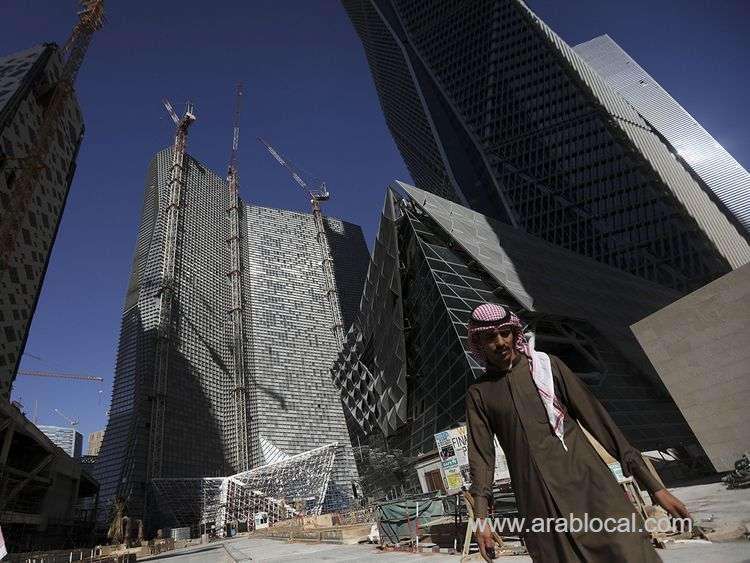Saudi Arabia faced a 3.7% economic contraction in the fourth quarter of 2023, driven by a significant decrease in oil revenue, according to the government's statistics agency. The preliminary estimates from the General Authority for Statistics highlighted a 16.4% decline in oil activities, while non-oil and government activities experienced growth of 4.3% and 3.1% respectively, on an annual basis.
1. Oil-Driven Contraction: The 3.7% decline in the real GDP was primarily attributed to a substantial drop of 16.4% in oil activities, reflecting the challenges faced by the world's leading crude exporter.
2. Vision 2030 Transition: Saudi Arabia, under Crown Prince Mohammed bin Salman's Vision 2030 reform agenda, is steering towards diversifying its economy beyond fossil fuels. The strategy aims to establish the kingdom as a tourism, business, and sports hub.
3. Oil Price Impact: Despite record profits in 2022, lower oil prices and production constraints contributed to the contraction. Saudi Aramco, the government-owned oil firm, recently abandoned plans to increase production capacity, reflecting uncertainty in future market demand.
4. 2023 Economic Overview: For the entire year of 2023, the real GDP recorded a 0.9% decline compared to 2022, signaling ongoing economic challenges. The Finance Ministry's projections in December anticipated minimal growth of 0.03% in 2023 and a more optimistic 4.4% in the current year.
5. Budget Deficit Projections: The Finance Ministry also forecasted a budget deficit of 2.0% of GDP in 2023 and a slightly reduced 1.9% in the current year. This reflects increased government spending and reduced revenue from oil.










